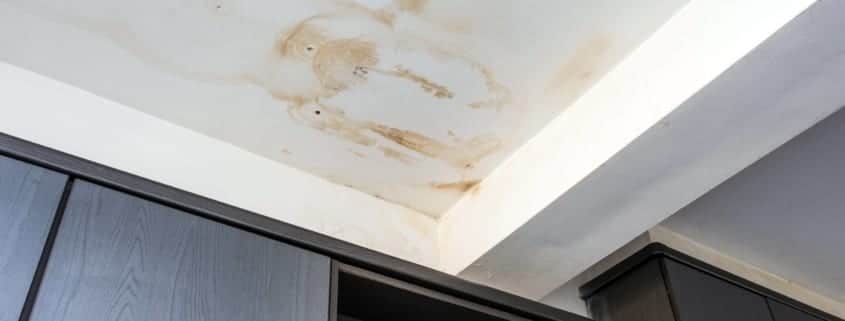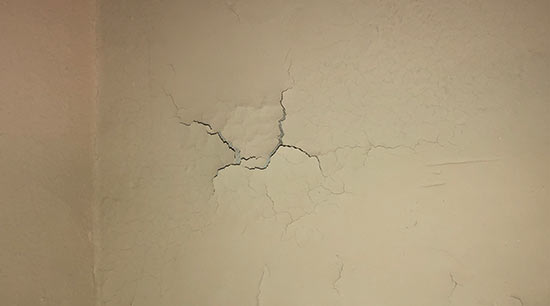Identifying Stains from Water on Walls - Guidelines to Assess and Repair Them
Identifying Stains from Water on Walls - Guidelines to Assess and Repair Them
Blog Article
Just how do you really feel when it comes to How to Find and Repair Water Leaking in the Wall?

Water stains on walls are not enjoyable to the eyes. Often it appears almost unavoidable to experience water spots on wall surfaces in homes.
Property owners living in humid areas frequently deal with the anxiety of water discolorations on walls. With accurate and also all-round info on the causes of water discolorations as well as prompt repair work procedures, you will constantly be an action in advance of such occurrences.
3 Usual Reasons For Water Stains on Wall Surfaces
Unlike popular belief, water discolorations on walls do not constantly stem from bad structure materials. There are a number of sources of water stains on wall surfaces. These consist of:
Damp
When hot wet air meets with completely dry cool air, it creates water beads to form on the wall surfaces of structures. This happens in bathrooms and kitchen areas when there is vapor from cooking or showers. The water beads can tarnish the surrounding walls in these parts of your home and also infect various other areas.
Wet or condensation affects the roofing and also walls of buildings. When the wall surface is damp, it creates an appropriate setting for the growth of microorganisms and also fungi.
Poor Drain
This will stop water from leaking right into the wall surfaces. This links to extreme dampness that you observe on the walls of your structure.
The leading cause of wet walls, in this case, can be a poor drainage system. It can also be due to bad monitoring of sewage pipelines that run through the building.
Pipeline Leaks
Most homes have a network of water pipes within the walls. This guarantees that the pipes are faraway from the reach of harmful rats. It constantly raises the stability of such pipes, as there is little oxygen within the walls. This inhibits rust.
A downside to this is that water leakage affects the wall surfaces of the structure as well as triggers extensive damage. An indication of faulty pipes is the look of a water tarnish on the wall surface.
Pro Suggestion
A houseplant in your home also raises its moisture. If the residence is currently damp, you may desire to present houseplants with minimal transpiration. An instance of suitable houseplants is succulents.
Water Discolorations on Wall Surface: Repair Tips
When dealing with water stains, house owners would generally want a fast solution. They would quickly recognize this is counterproductive as the water discolorations repeat. Right here are a couple of valuable tips that will certainly lead you in the repair work of water spots on wall surfaces:
Verdict
No one desires to have water discolorations on walls in their house, it can occur to the ideal of us. This article offers you utilize, as you now understand exactly how to manage this problem if it does occur.
It is always best to recruit expert solutions to help repair the problems in your house.
Occasionally it seems practically inescapable to experience water discolorations on wall surfaces in residences.
Contrary to prominent belief, water spots on wall surfaces do not constantly stem from inadequate structure products. There are numerous reasons of water stains on walls. The water droplets can discolor the surrounding walls in these parts of your house as well as spread to various other locations.
Right here are a couple of handy tips that will guide you in the repair of water stains on walls:
CHECKING FOR WATER DAMAGE
Water damage can be costly, and it may begin before you even notice the first signs of trouble. Water damage can cause mold and mildew in your walls and floors, which can create an abundance of health concerns for your family. It can also lead to costly repairs of various appliances and general home fixtures. To avoid the pricey consequences of water damage, here are Warner Service’s top 5 places you should check:
The walls – The easiest place to spot the beginnings of water damage is on the walls and ceilings of your home. If water damage is present, there will most likely be water stains, especially around the windows and doorframes, and/or cracks in the drywall. If a stain looks unusual (discolored to brown, black or gray, raised texture), has a swollen appearance or is soft to the touch, contact a professional immediately. The pipes – To avoid water damage, consistently check the pipes in your kitchen (especially the dishwasher and ice maker), bathrooms, laundry room (specifically washing machines) and basement for corrosion, leaks and water stains. Pay special attention to where the pipes connect in your home and the location of caulking around the bathroom fixtures, including toilets, sinks, showers and tubs. Missing or loose caulking and grout could be signs of leaking water. This seepage can also quickly cause mold and rust, so double check your water heater and tank for wet spots on the floor. The floor – Water damage is very easy to spot on the floor. Look for any warping or buckling of the material, especially in the basement. If your home has wood flooring, look for bright white or dark stains. If your home has carpeting, keep it dry and clean. A damp carpet that smells of mold could cause water damage and health problems. To avoid this, consider installing floor pans under your appliances to help prevent damages from small, slow and undetected leaks. The basement and attic – If your basement or attic smells odd check for mold and mildew around the area, especially the valley where the roof meets. While you are inspecting those areas, check for wall cracks, floor stains, rust and dampness in the insulation. If you live in a colder and/or rainier climate, perform routine checks for water damage from melting snow or ice and rain. The exterior – Check the roof for damaged flashing and missing, cracked or curled shingles. There should also be no standing water anywhere outside your home. This could be caused by puddles, leaky rain gutters or hoses, poor drainage, or short gutter spouts. Invest in a sump pump system or water flow monitoring system, and perform routine maintenance on these outdoor appliances to avoid indoor water damage.

I was made aware of that write-up about Indicators of Water Damage Behind Walls from someone on another web address. Liked our review? Please share it. Help other people discover it. We cherish reading our article about Water Stains on Walls.
Quote Report this page